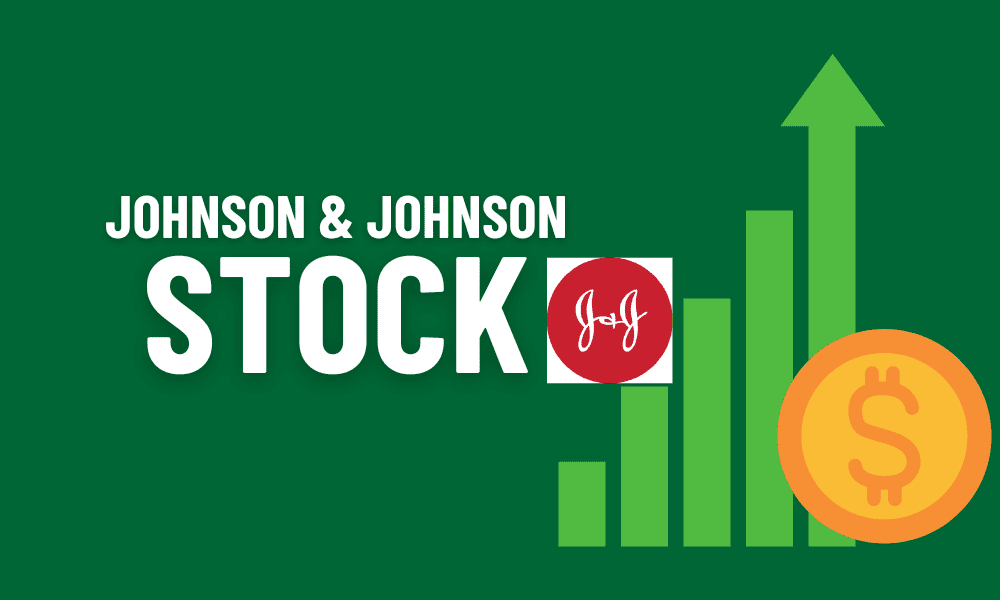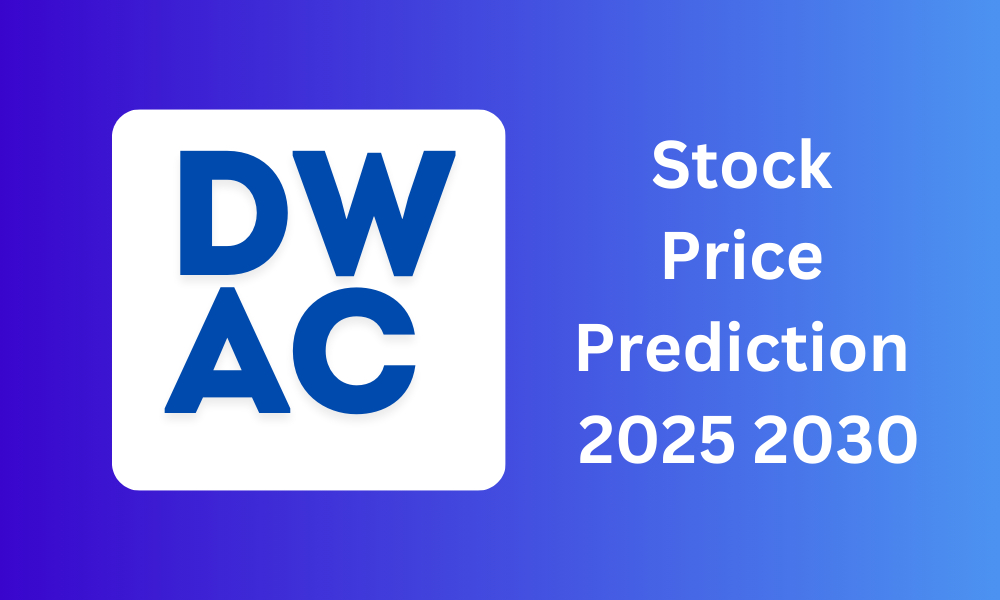Johnson & Johnson is currently trading near its 52-week low, down 4% over the last year. The question one may ask at this point is if the stock is undervalued. In this analysis, we'll run through a myriad of financial metrics, revenue growth, dividend safety, and institutional ownership to establish whether JNJ is a worthy addition to your investment portfolio.
Overview of Historical Performance
Setting the background before our analysis is in order, looking back at Johnson & Johnson. It has returned an average of only 507.7 percent over the past decade, which while positive, wasn't particularly exciting if not for the reinvestment of dividends. Currently, it sports a forward yield of 3.12 percent and a forward P/E just barely above 14.
The analysts at Seeking Alpha and, for the most part, Wall Street view JNJ as a buy at this time, which would indicate some underlying strength in the numbers. A closer look is required to determine the trends for both revenues and net income.
Revenue and Income Growth
Assuming the growth in revenues over the last decade, we would want to see an annual growth consistent between 3% and 7%. In December 2014, JNJ reports a topline revenue of $74 bln. This grew in the most recent annual report to $85 bln. This growth does, however, not come in consistently year on year—an indication of volatility in performance.
In contrast, net income on the bottom line has shown a healthier rise—more than directly doubling from $16 billion to $35 billion over the same period. This metric is again muddled by inconsistencies in the rise year after year, which should present warning signs.
Cash vs. Total Debt
The other critical characteristic of the company's financial health is the relationship between cash availability and total debt. JNJ had $33 billion in cash as of 2014; this number has shrunk to close to $23 billion according to the latest quarterly report. On the other hand, the total debt has increased from $19 billion to close to $30 billion, representing an alarming trend of increasing debt and decreasing cash at hand.
Competitive Landscape ends
Over the past year, JNJ has been compared to other companies within the sector of pharmaceuticals, such as Merck & Co., AstraZeneca, Roche Holding, Pfizer, and Bristol Myers. Over a year, JNJ is off 1%, while the sector itself has fared badly. Only Merck & Co., in this group, showed appreciation of 20.3%.
The five-year total return with dividends of JNJ comes in at around 28%, which is rather uninspiring. Expand this to ten years, and the total return is 106%, further underlining the performance as average compared to peers.
Institutional and Insider Ownership
The institutional ownership is 69.12%, and institutions have reported $26 billion in sales over the past year, nearly matching purchases. Therefore, there is relative balanced sentiment among institutional investors, and no significant selling or buying bias is present.
Insider trading activities have been quite noteworthy, with $17.31 million sold by insiders, including EVP Jennifer T's huge sale of nearly $9 million in February 2024. Not to say that insider selling is a bad omen in every case, but it definitely needs to be on your radar as such activities at times reflect personal financial decisions.
Recent Acquisition News
In recent news, Johnson & Johnson has reached an agreement to buy Shockwave Medical for $13.1 billion. It is an intravascular lithotripsy company that helps to break calcium deposits in arteries. Although this acquisition was pretty large in size, it had no impact at all on JNJ's share price right after, which could have meant the market had already accounted for this development.
Supercharge Your Investment Strategy: This Stock Investing Guide
Are you ready to start making smarter, informed investment decisions and stay ahead of the curve in the fast-paced world of stocks? Fine; we have the best tool for you to do just that. Presenting Road to Successful Investing - Stock Investing Guide. The ultimate digital product for astute investors like you.
With Road To Successful Investing - Stock Investing Guidebook , You'll Gain:
Real-time Stock Alerts: Never miss a moment of the market with real-time alerts.
Detailed analytics tools: Dive deep into stock data with in-depth charts and insights.
Watchlist: Customize your watchlist by adding your favorite stocks, letting you know how they perform.
Expert market forecasts: Get expert forecasts to make the right decisions—exclusive to Lucid Motors and the other hottest stocks.
Don’t wait—click here to discover how Road To Successful Investing - Stock Investing Guidebook can elevate your investment game today!
Dividend Safety and Growth
It has a dividend safety score of 99—about as good an rating as is possible. Its market cap is $367 billion, making JNJ a mega-cap stock. JNJ raised its dividends during the last recession and actually outperformed the S&P 500.
Dividend growth: forward yield comes in around 3%, which has remained relatively consistent. The company has bumped up the dividend at a higher rate than inflation; another increase is likely this April. Johnson & Johnson is a Dividend King, with increases for over 50 years, while it has paid dividends without a reduction for 108 years.
Valuation Models and Intrinsic Value
Here, based on the information provided, we will apply a few different valuation models to discuss whether JNJ is undervalued. First, there is the multiples valuation model, comparing JNJ's peer P/E ratio. This model indicates undervaluation.
The next in line is the dividend discount model, which calculates intrinsic value from anticipated future dividends, yielding $182. Then, there is the discounted cash flow model, which projects future free cash flows and produces another comparable intrinsic value estimate.
By combining these models, we get an average intrinsic value of $185. Then, with an allowed margin of safety of 10%, JNJ's acceptable buy price is approximately $157.
Wall Street Projections
Wall Street analysts project JNJ will have a target price of $179 for an upside of 177% over the next 12 months. It also more or less coincides with the overall sentiment shared by Seeking Alpha, indicating a strong buy recommendation.
Conclusion: Is Johnson & Johnson a Buy?
In summary, though JNJ does demonstrate quite a good potential for growth in the future and stronger-than-average dividend safety, its past performance is quite discouraging. Its total return over the past ten years was average at best, with its current financial metrics indicating inconsistencies.
Though Wall Street's forecasts are still positive, I personally think there might be better opportunities for investments. Unless the stock price of JNJ goes down substantially to the $138-$140 range, one would suggest that there is no reason to overexpose in this stock, rather hold on to current positions. One needs to look at not just the recovery potential but also the risks arising out of historical performance.
What are your thoughts on Johnson & Johnson? Are you looking to invest in this stock, or do you have similar reservations? Let us know in the comments!




